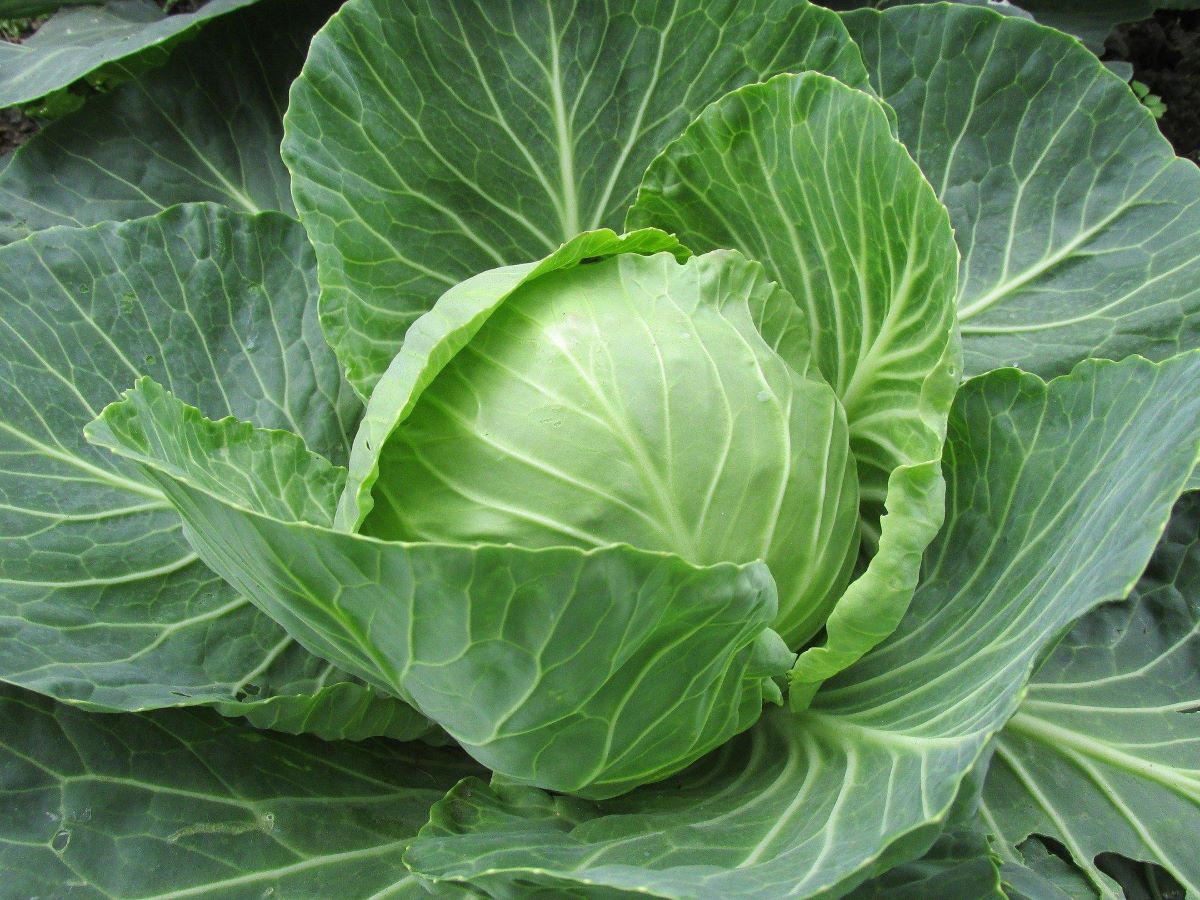

Articles
How To Store Cabbage From The Garden
Modified: February 26, 2024
Learn how to store cabbage from your garden with these helpful articles. Keep your homegrown cabbage fresh and delicious all year round.
(Many of the links in this article redirect to a specific reviewed product. Your purchase of these products through affiliate links helps to generate commission for Storables.com, at no extra cost. Learn more)
Introduction
Welcome to the world of home gardening! Growing your own vegetables is not only rewarding but also allows you to enjoy fresh, organic produce right from your backyard. If you’re lucky enough to have a thriving cabbage patch in your garden, you might find yourself with an abundance of this leafy green vegetable. But what do you do with all that cabbage?
Storing cabbage properly is essential to maintain its freshness and nutritional value. Whether you plan to make coleslaw, sauerkraut, or simply enjoy cooked cabbage dishes throughout the year, knowing how to store cabbage from the garden is crucial. In this article, we’ll guide you through the steps to ensure your harvested cabbage stays crisp and flavorful for as long as possible.
Before we dive into the details, it’s important to note that the storage method you choose may depend on the quantity of cabbage you have, your available storage space, and your preferred usage. Let’s get started with the first step: harvesting your cabbage.
Key Takeaways:
- Enjoy homegrown cabbage year-round by following proper harvesting, preparation, and storage techniques. From refrigerator to root cellar storage, savor the freshness and nutritional benefits of your garden’s bounty.
- Embrace the culinary adventure of fermenting cabbage to preserve and enhance its flavor. Experiment with seasonings and fermentation times to create unique and delicious dishes that last for months in the refrigerator.
Read more: How To Store Fresh Cabbage From The Garden
Step 1: Harvesting Cabbage
Harvesting cabbage at the right time is crucial for optimal flavor and texture. The timing will vary depending on the cabbage variety you’re growing, but most types are ready for harvest when the heads feel firm and reach their maximum size. Here’s how to harvest cabbage from your garden:
- Inspect the heads: Carefully examine each cabbage head for signs of maturity. The outer leaves should be tightly packed and feel firm when gently pressed. Avoid harvesting cabbage with loose or damaged leaves.
- Use a sharp knife: To harvest each cabbage head, use a sharp knife or garden shears. Cut the stem of the cabbage about 2 inches above the soil level.
- Remove loose leaves: After harvesting, remove any loose, damaged, or yellowing leaves from the cabbage head. This helps to maintain its freshness and prevent decay during storage.
Once you’ve harvested your cabbage, it’s time to prepare it for storage. Let’s move on to the next step.
Step 2: Preparing the Cabbage for Storage
Before storing cabbage, it’s important to properly prepare it to ensure maximum freshness and longevity. Follow these steps to prepare cabbage for storage:
- Wash the cabbage: Start by giving the harvested cabbage a gentle rinse under cool water to remove any dirt or debris. Avoid using soap or harsh detergents as they can leave a residue on the cabbage.
- Dry the cabbage: After washing, allow the cabbage to thoroughly dry. Excess moisture can lead to rotting, so take the time to pat it dry with a clean towel or let it air dry for a few hours.
- Trim the stems: Trim the stems of the cabbage heads to about 1-2 inches in length. This helps to prevent excess moisture from accumulating at the cut end and reduces the risk of bacterial growth.
- Inspect for damage: Carefully inspect each cabbage head for any signs of damage or disease. If you notice any soft spots, mold, or rot, it’s best to discard those cabbage heads to prevent them from spoiling the rest.
Once you’ve prepared the cabbage, it’s time to move on to the next step: choosing the right storage method.
Step 3: Choosing the Right Storage Method
Choosing the right storage method for your cabbage is crucial to maintain its quality and extend its shelf life. There are several options to consider, depending on your available resources and the quantity of cabbage you need to store:
- Refrigerator storage: If you have a smaller quantity of cabbage, storing it in the refrigerator is a convenient option. The cool temperature helps to slow down the spoilage process and keeps the cabbage fresh. We’ll explore this method further in the next step.
- Root cellar storage: For larger quantities of cabbage, a root cellar can provide a suitable storage environment. With its cool and humid conditions, a root cellar mimics the ideal conditions for storing cabbage long-term.
- Fermenting: If you enjoy the tangy flavors of sauerkraut or other fermented cabbage dishes, fermenting is an excellent storage method. This process not only preserves the cabbage but also enhances its taste and nutritional value.
Consider the quantity of cabbage you have, the available storage space, and how you plan to use the cabbage when deciding on the right storage method. In the next steps, we’ll explore the specifics of refrigerator storage, root cellar storage, and fermenting in more detail.
Step 4: Storing Cabbage in the Refrigerator
If you have a smaller quantity of cabbage or plan to use it relatively quickly, storing it in the refrigerator is an excellent option. Follow these steps to store cabbage in the refrigerator:
- Wrap in plastic wrap: Individually wrap each cabbage head tightly in plastic wrap. This helps to seal in the moisture and prevent the cabbage from drying out.
- Place in a crisper drawer: Store the wrapped cabbage heads in the crisper drawer of your refrigerator. This compartment is designed to maintain high humidity levels, which helps to keep the cabbage fresh.
- Avoid ethylene-producing produce: Keep cabbage away from ethylene-producing produce such as apples, pears, and bananas. Ethylene can accelerate the spoilage process of cabbage.
- Check periodically: Periodically check the stored cabbage heads for any signs of decay or mold. If you notice any, promptly remove the affected cabbage to prevent it from spoiling the others.
- Use within a few weeks: Cabbage stored in the refrigerator can typically stay fresh for 2-4 weeks. It’s best to use it within this time frame to enjoy its optimal flavor and quality.
Storing cabbage in the refrigerator allows you to have easy access to fresh cabbage for salads, stir-fries, or any other dish you have in mind. However, if you have a larger quantity of cabbage to store or prefer long-term storage options, consider the next steps on storing cabbage in a root cellar or fermenting.
Store cabbage from the garden in a cool, dark place like a root cellar or refrigerator. Keep it in a perforated plastic bag to maintain moisture and freshness.
Read more: How To Store A Cabbage
Step 5: Storing Cabbage in a Root Cellar
If you have a larger quantity of cabbage and prefer a long-term storage option, storing it in a root cellar is an ideal choice. A root cellar provides a cool and humid environment, mimicking the conditions of the ground. Follow these steps to store cabbage in a root cellar:
- Prepare the cabbage: Trim the stems of the cabbage heads to about 1-2 inches in length, just as you would for refrigerator storage.
- Clean the cabbage: Gently remove any soil, debris, or loose leaves from the cabbage heads.
- Create an insulated storage area: If you don’t have a traditional root cellar, you can create an insulated storage area by using a cool basement, garage, or even a large cooler. The key is to maintain a temperature between 32-40°F (0-4°C) with high humidity levels, preferably around 90-95%.
- Cover the cabbage: Place the trimmed and cleaned cabbage heads in crates or boxes, ideally with slatted sides to allow airflow. Cover the cabbage with damp burlap or a clean, damp cloth to help maintain the humidity.
- Check periodically: Regularly check the stored cabbage for any signs of decay or spoilage. Remove any affected cabbage to prevent the spread of spoilage to the others.
- Use within a few months: If stored properly, cabbage in a root cellar can stay fresh for several months, allowing you to enjoy homegrown cabbage well into the winter months.
Storing cabbage in a root cellar provides a traditional method of long-term storage, keeping your cabbage fresh and readily available throughout the colder months. If you’re looking for an alternative way to store cabbage, continue reading to learn about fermenting.
Step 6: Storing Cabbage by Fermenting
If you enjoy the tangy flavors of sauerkraut or other fermented cabbage dishes, storing cabbage by fermenting is a great option. Fermentation not only preserves the cabbage but also enhances its taste and nutritional value. Follow these steps to store cabbage by fermenting:
- Shred the cabbage: Start by shredding the cabbage into thin strips. You can do this by using a knife, a mandoline, or a food processor fitted with a shredding blade.
- Add salt and seasonings: Place the shredded cabbage in a large bowl and sprinkle it with salt. The salt helps to draw out moisture from the cabbage and starts the fermentation process. You can also add spices, such as caraway seeds or juniper berries, for additional flavor.
- Massage the cabbage: With clean hands, massage the cabbage and salt mixture thoroughly. This process helps to break down the cell walls of the cabbage and release more liquid.
- Pack into a fermentation vessel: Transfer the shredded and massaged cabbage into a fermentation vessel, such as a glass jar or a fermentation crock. Press down the cabbage firmly to remove any air pockets and ensure it’s submerged in its own liquid.
- Use a weight: Place a weight or fermentation stones on top of the cabbage to keep it submerged. This prevents exposure to air, which can lead to mold growth.
- Cover and ferment: Cover the fermentation vessel with a clean cloth or a fermentation lid to allow airflow while preventing contamination. Leave the cabbage to ferment at room temperature, preferably between 65-75°F (18-24°C). The fermentation process typically takes a few days to a few weeks, depending on your desired level of tanginess.
- Monitor and taste: During the fermentation process, check on the cabbage regularly. Skim off any mold that forms on the surface and taste the cabbage periodically to determine if it has reached your desired level of fermentation.
- Store in the refrigerator: Once the cabbage has fermented to your liking, transfer it to clean, airtight jars and store them in the refrigerator. Fermented cabbage can last for several months when properly stored.
Fermenting cabbage is not only a preservation method but also a culinary adventure. Experiment with different seasonings and fermentation times to create unique and delicious fermented cabbage dishes.
Step 7: Monitoring and Maintaining Cabbage Storage
Properly storing cabbage doesn’t end with the initial steps. It’s important to regularly monitor and maintain the storage conditions to ensure the cabbage stays fresh. Here are some tips for monitoring and maintaining cabbage storage:
- Check for spoilage: Regularly inspect the stored cabbage for any signs of spoilage, such as mold, rot, or soft spots. Remove any affected cabbage immediately to prevent it from spoiling the rest.
- Adjust humidity levels: For refrigerator storage, ensure that the crisper drawer maintains high humidity levels. If needed, place a small bowl of water in the drawer to increase humidity.
- Control temperature: Whether stored in the refrigerator or a root cellar, monitor the temperature to keep it within the recommended range. Avoid drastic temperature changes, as they can affect the quality of the cabbage.
- Rotate stored cabbage: If you have multiple cabbage heads, periodically rotate them to ensure even exposure to temperature and humidity. This helps to prevent one cabbage from spoiling the others.
- Use proper containers: When storing cabbage, use clean, airtight containers or bags to prevent moisture loss and exposure to external elements. Ensure that the containers are well-sealed to maintain freshness.
- Keep airflow: If storing cabbage in a root cellar or similar space, make sure there is adequate airflow to prevent the build-up of excess moisture or the growth of mold.
- Use the oldest first: When it’s time to use the stored cabbage, remember to use the oldest ones first. This helps to avoid any spoilage and ensures that you enjoy the freshest cabbage.
By regularly monitoring and maintaining the storage conditions, you can maximize the shelf life of your stored cabbage and enjoy its freshness for an extended period. With these steps, you’re well-equipped to store cabbage from your garden and savor its flavors throughout the year.
Conclusion
Storing cabbage from your garden is a fantastic way to enjoy the freshness and nutritional benefits of this versatile vegetable throughout the year. By following the steps outlined in this article, you can ensure that your harvested cabbage stays crisp, flavorful, and nutrient-rich for an extended period.
From harvesting the cabbage at the right time to preparing it for storage, choosing the appropriate storage method, and monitoring and maintaining its condition, every step plays a crucial role in maintaining the quality of your stored cabbage.
Whether you opt for refrigerator storage, root cellar storage, or fermenting, each method has its advantages and considerations. Refrigerator storage is convenient for smaller quantities and short-term use, while root cellar storage provides a traditional method for long-term storage. Fermenting cabbage not only preserves it but also adds a unique and tangy flavor.
Remember to regularly check for spoilage, adjust humidity levels and temperature, and use proper containers to maintain optimal storage conditions for your cabbage. By following these best practices, you can enjoy your homegrown cabbage for months to come.
So, the next time you find yourself with an abundance of cabbage from your garden, don’t worry about it going to waste. Apply the techniques discussed in this article and take pride in the fact that you can enjoy delicious cabbage dishes throughout the year, knowing that you have successfully stored your homegrown produce.
Happy gardening and happy cabbage storing!
Frequently Asked Questions about How To Store Cabbage From The Garden
Was this page helpful?
At Storables.com, we guarantee accurate and reliable information. Our content, validated by Expert Board Contributors, is crafted following stringent Editorial Policies. We're committed to providing you with well-researched, expert-backed insights for all your informational needs.
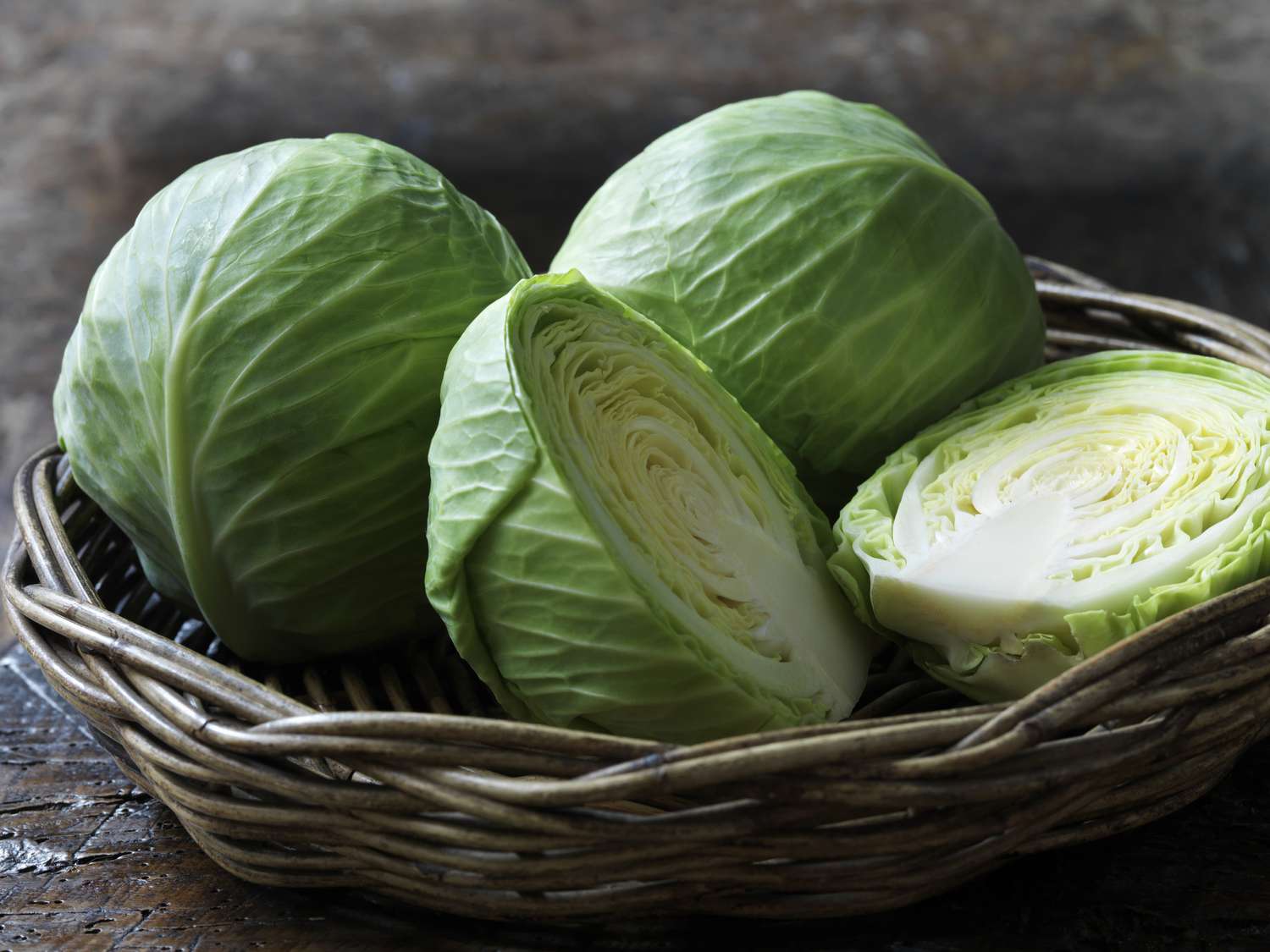
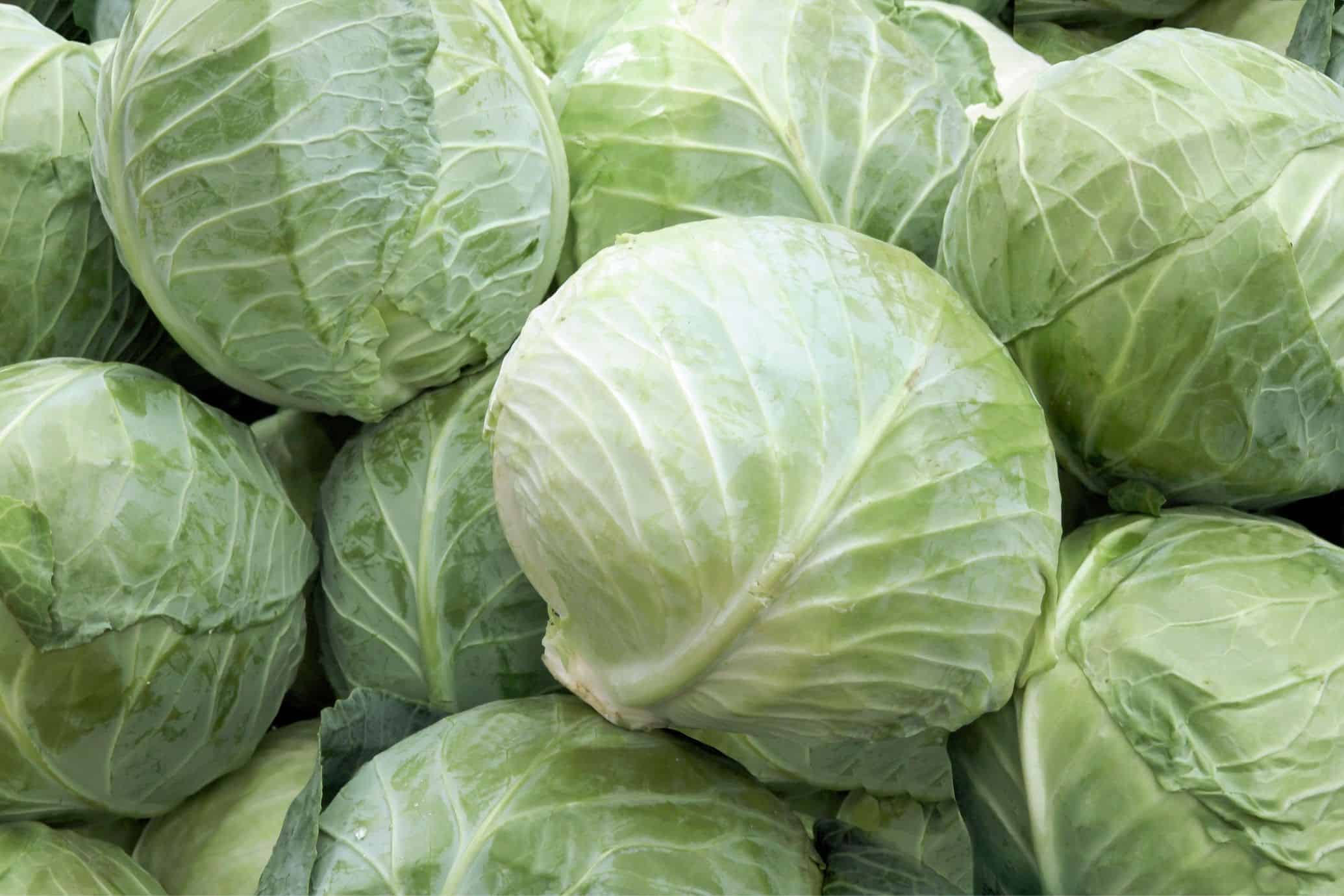
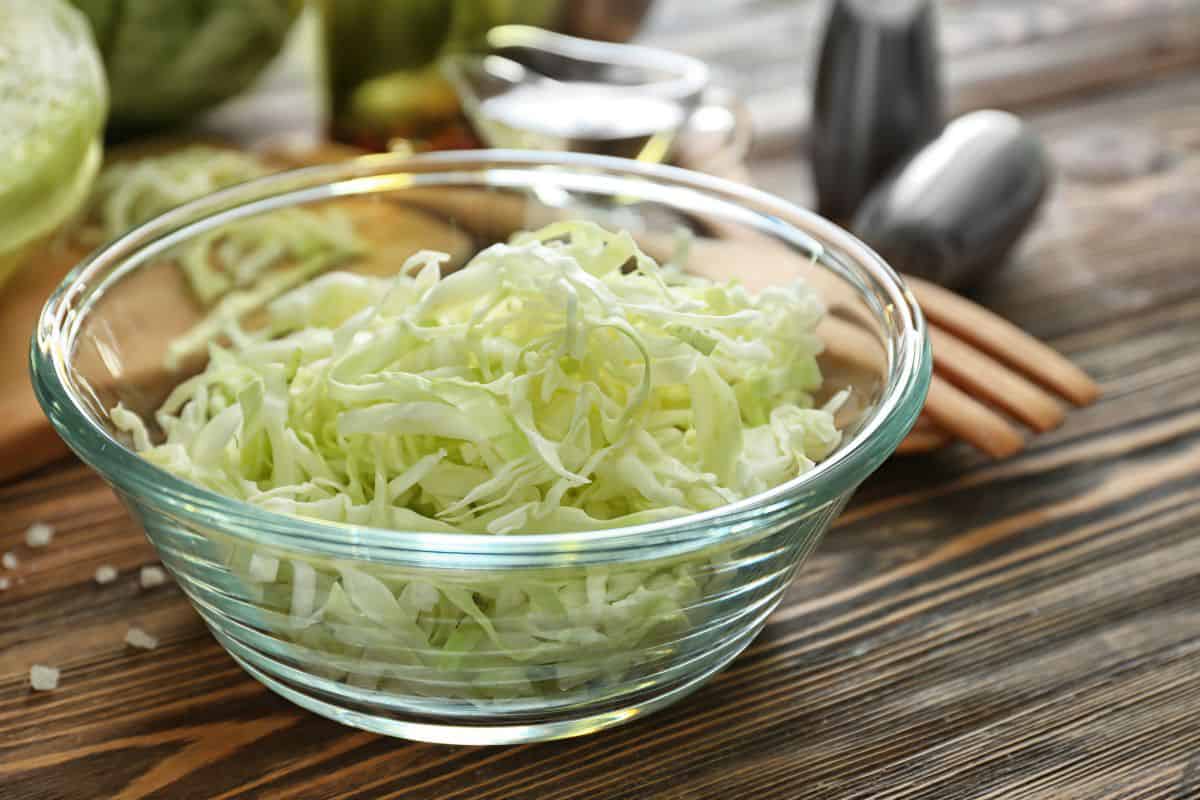
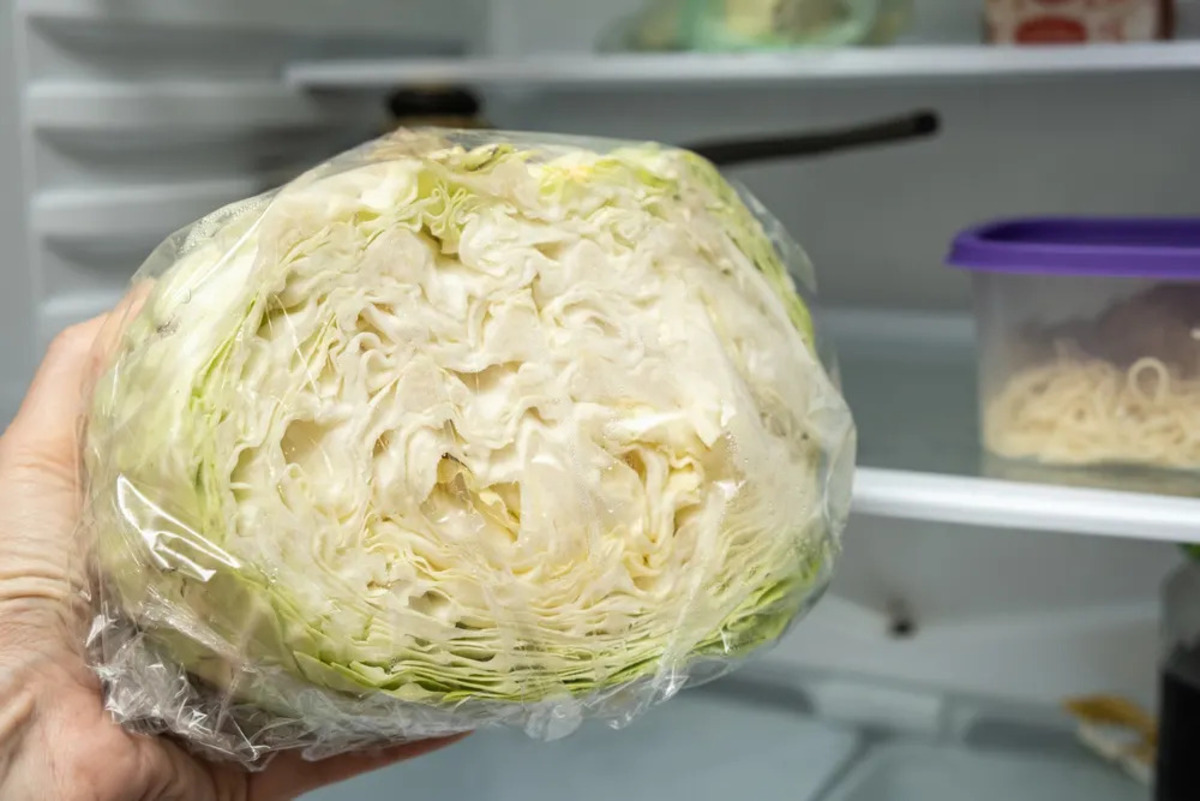
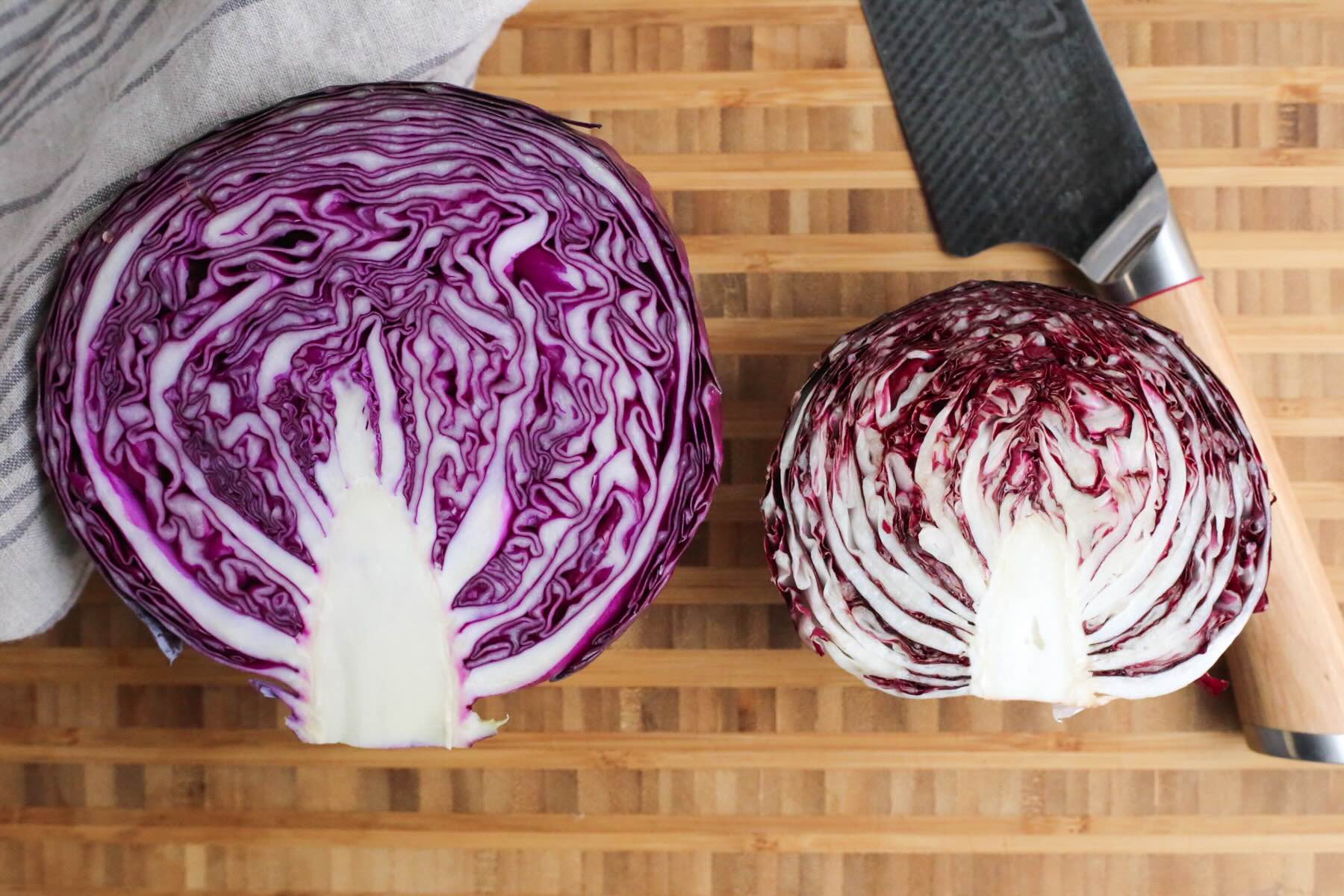
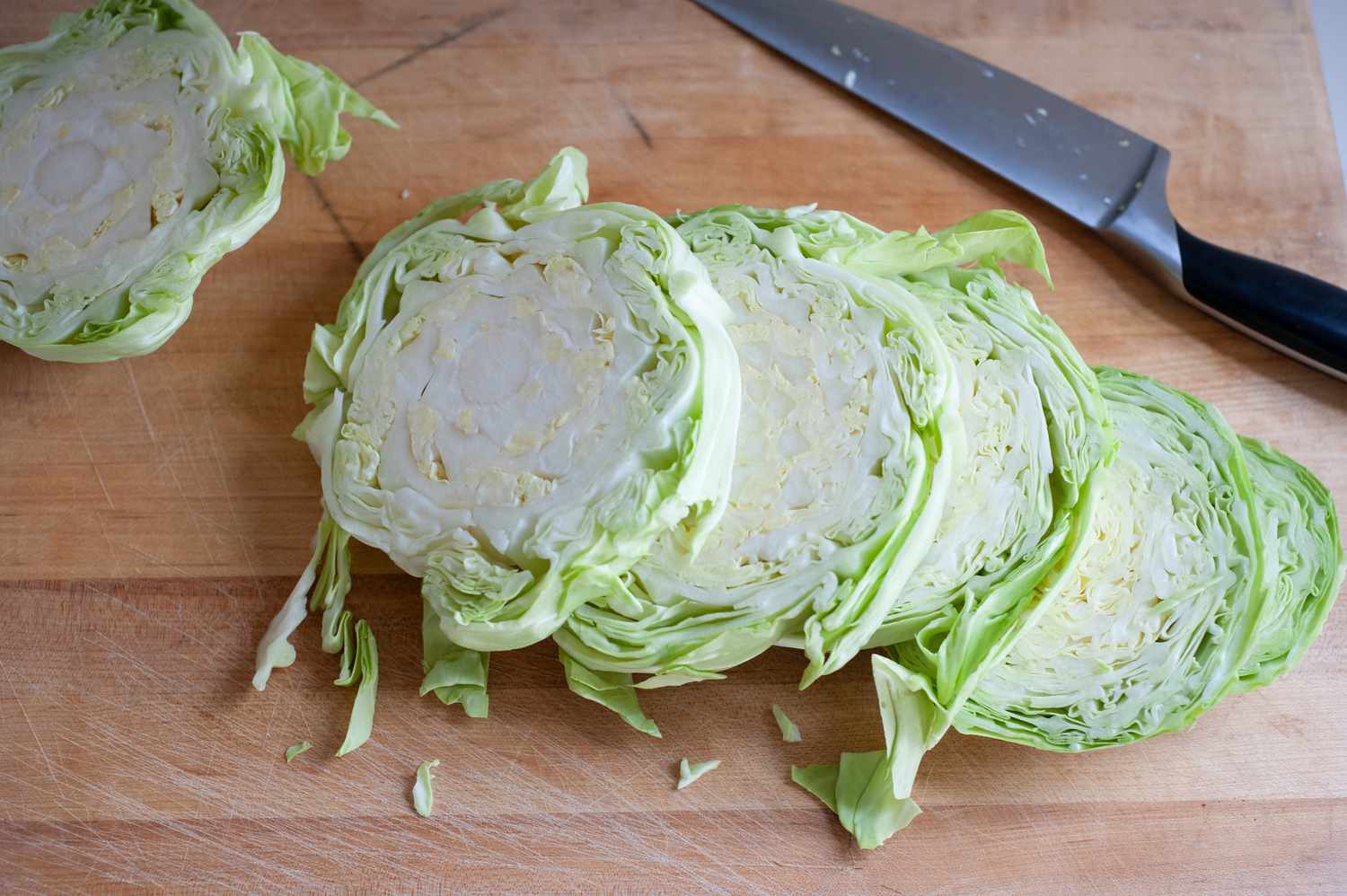

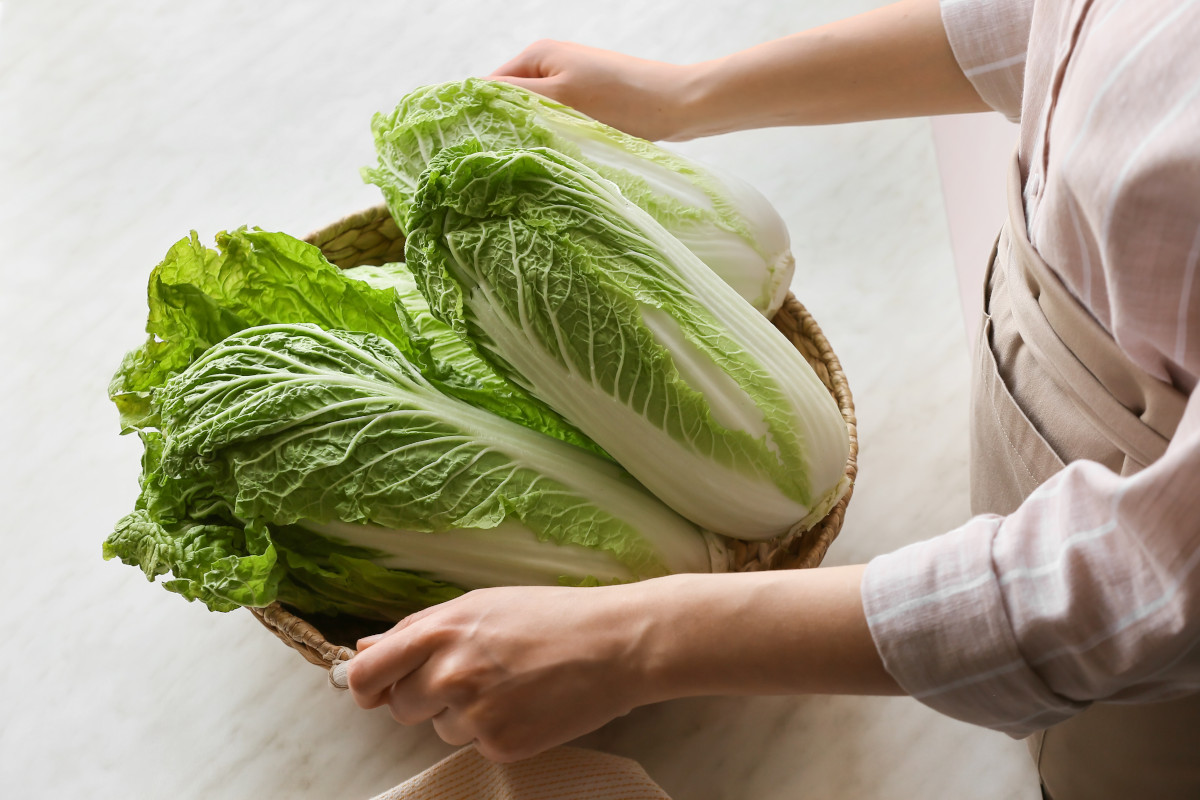
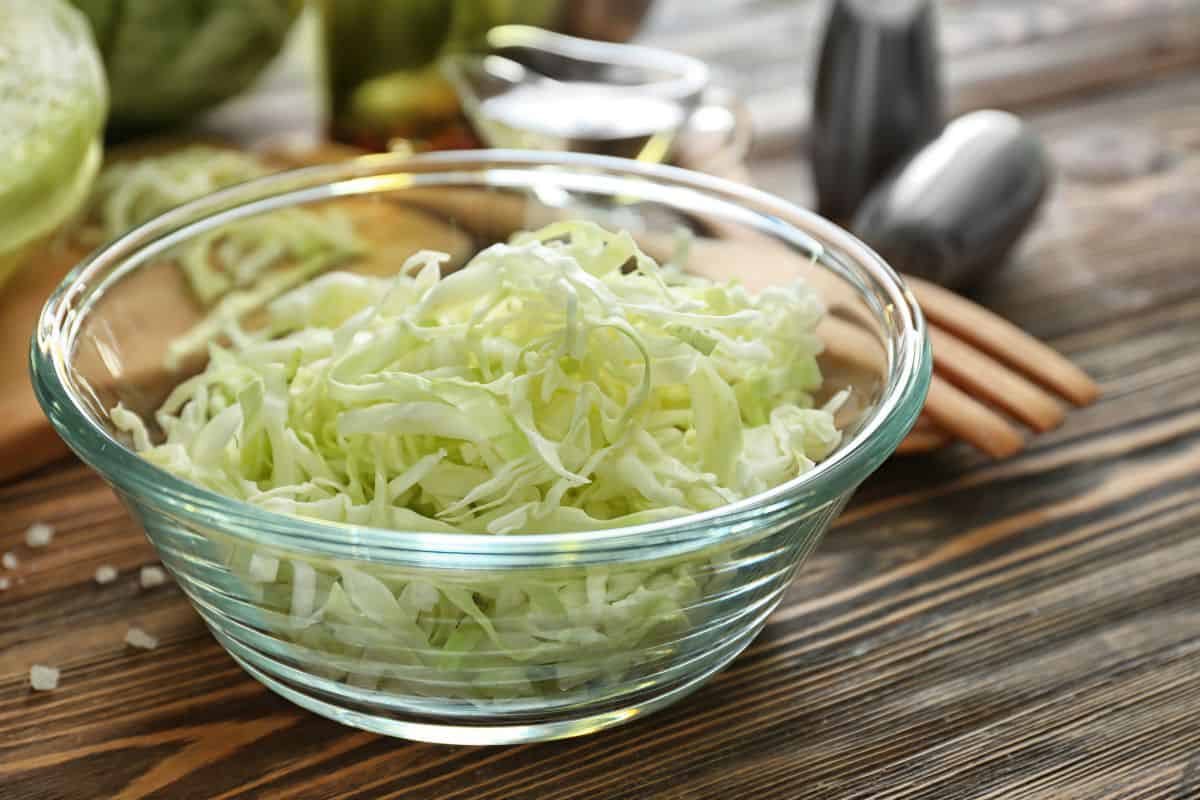
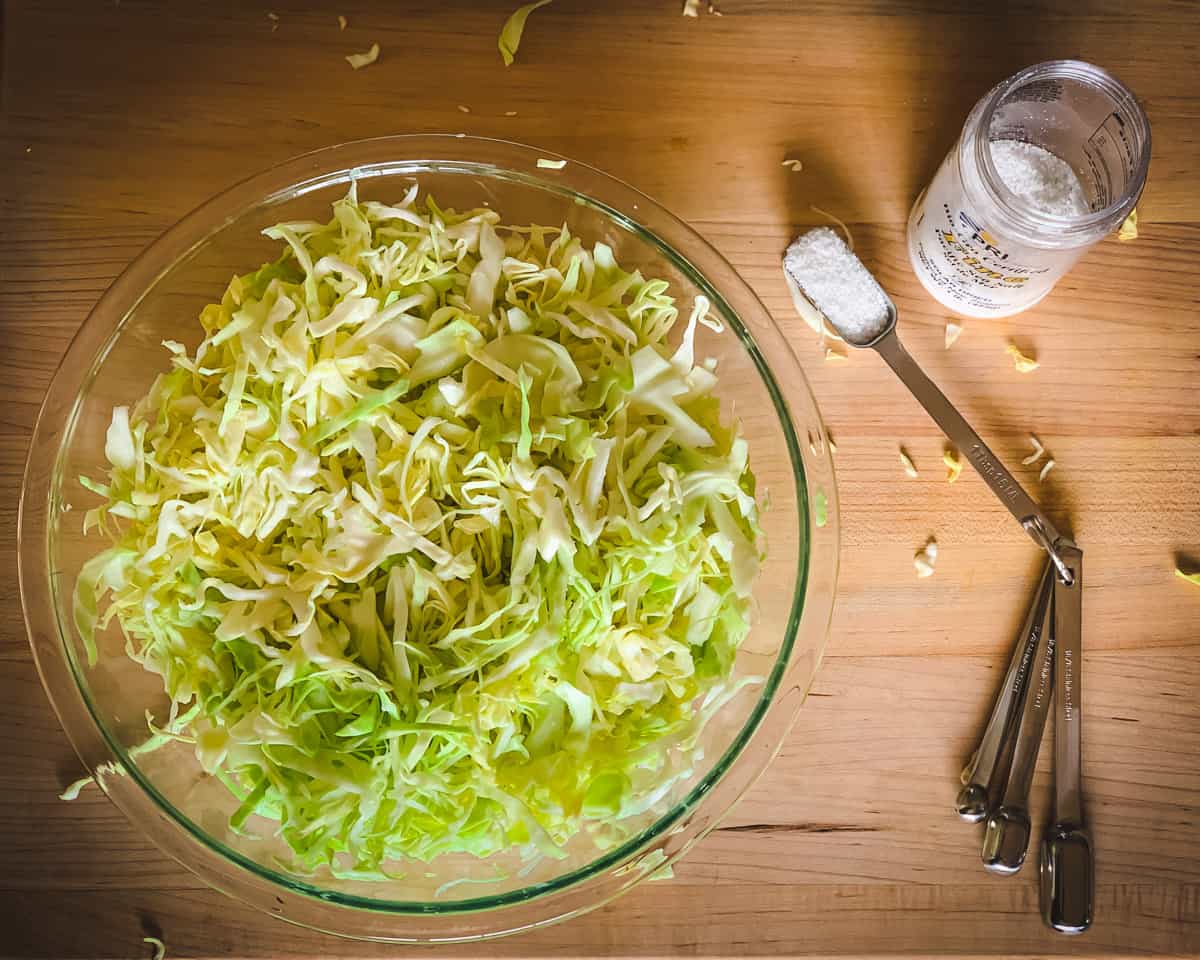

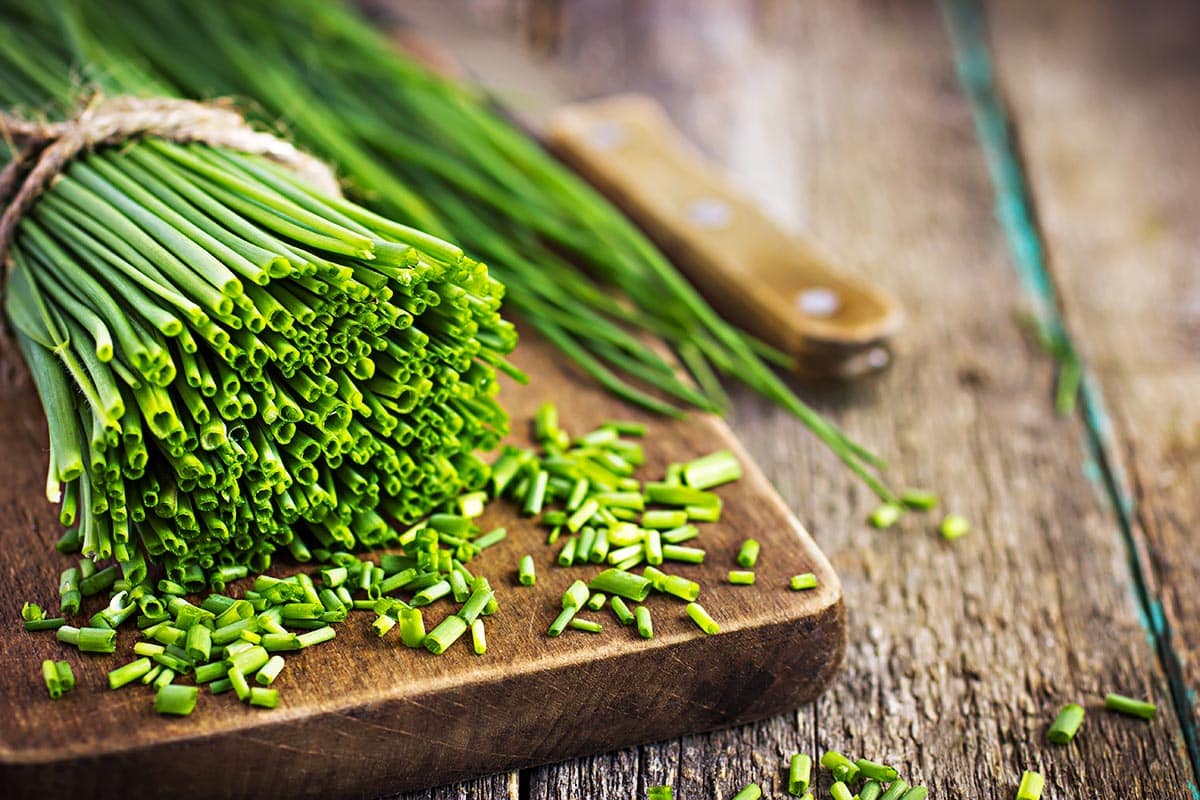
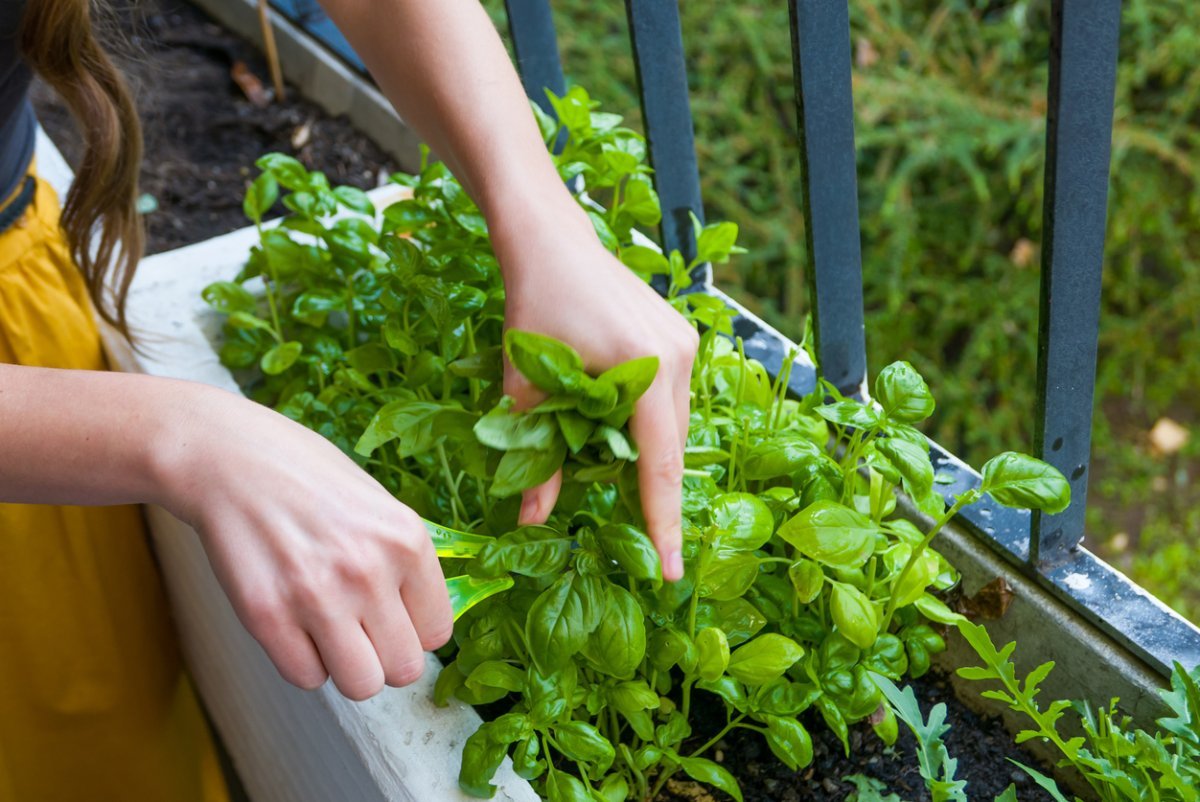
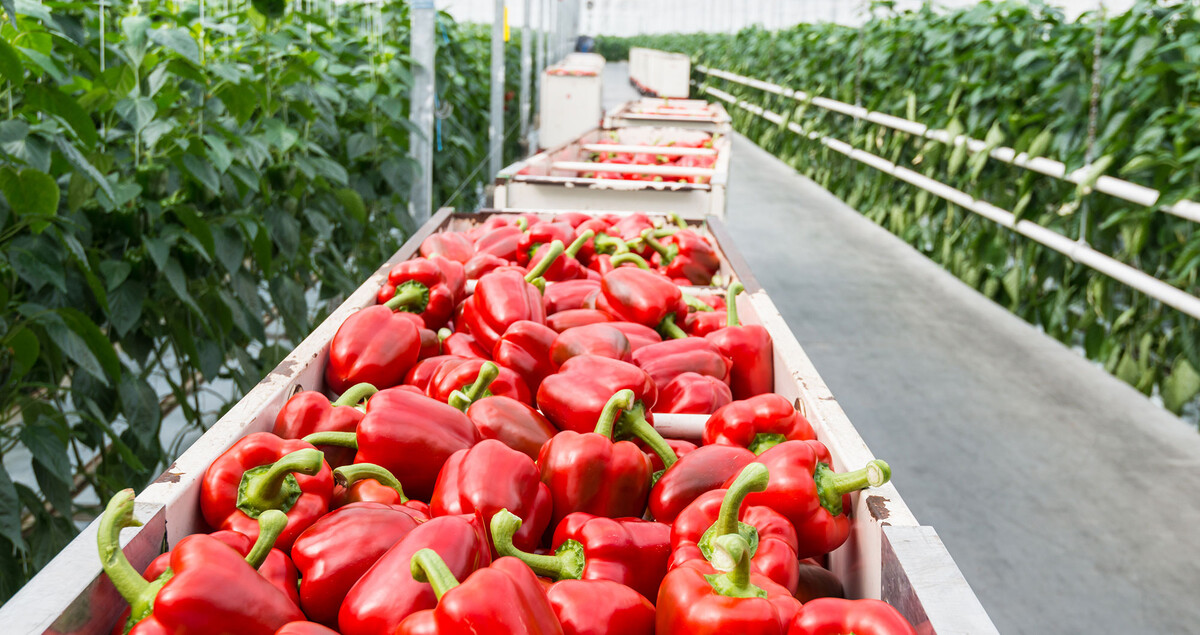

0 thoughts on “How To Store Cabbage From The Garden”